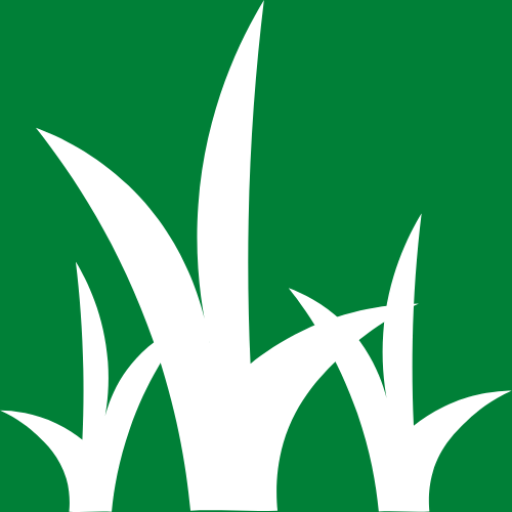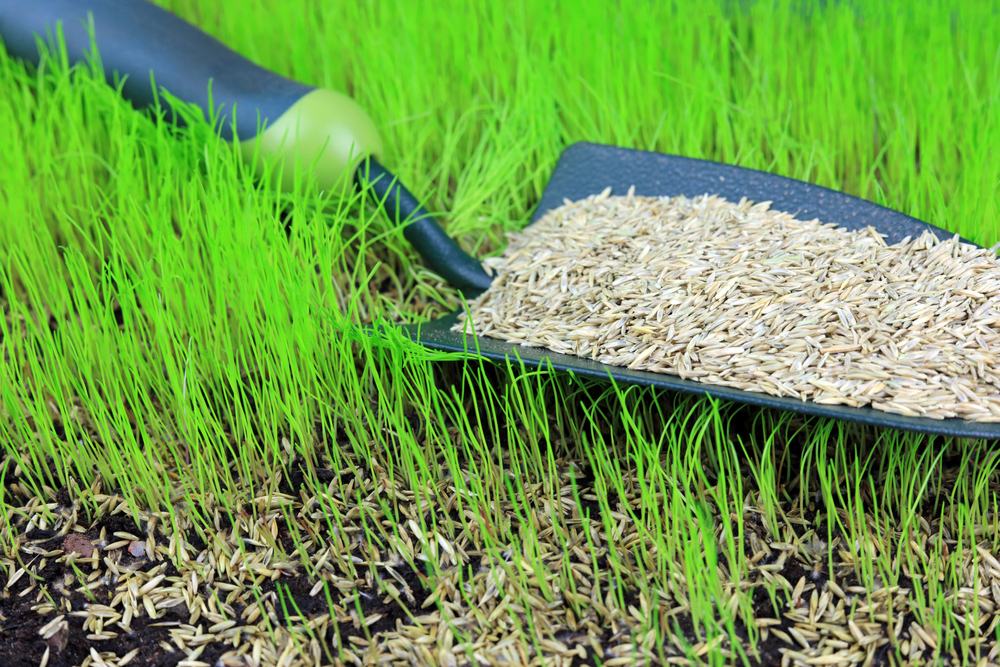Are you tired of your lawn being dull and patchy? Methods such as aeration and overseeding are necessary to maintain a healthy and green lawn.
In this article, we are going to share when is the ideal time to aerate and overseed your lawn. Before that let’s understand some basics of what aeration and overseeding are.
What is Aeration and why is it needed for your lawn?
Aeration is the process of creating holes in the soil of your lawn to allow easy flow of air, water and nutrients to the grassroots. Aeration is especially needed when the soil is compacted, as compacted soil prevents the free passage of air, water and other nutrients required for the grassroots to grow thick and healthy. It also improves the drainage of water from your soil.
What is Overseeding?

Overseeding is basically adding grass seeds to an existing lawn. It helps make your grass look greener and healthy, adds thickness to the grass in your lawn and prevents dead patches in your lawn.
When to Aerate your lawn?
The best time to aerate a lawn is right before overseeding the lawn. This way the soil is not compacted and the necessary flow of air and water isn’t obstructed from reaching the grassroots. It also allows the grassroots to penetrate deep into the soil helping it in absorbing the required nutrients from the soil.
If your lawn has cool-season grass then it is best to aerate the lawn at the beginning of the spring or fall. If your lawn has warm-season grass then it is best to aerate the lawn by the end of spring or the beginning of summer.
To know if your lawn needs aeration you can look for a few signs such as
- If the grass is growing thinner.
- If there are dead patches on your lawn.
- If the grass is turning yellowish.
- You can also cut a 6-inch deep section of your soil and measure the length of the grassroots. If the grassroots are less than 2 inches in length then your lawn needs aeration.
When to Overseed your lawn?
The best time to overseed a lawn depends on your place and the type of grass in your lawn. Typically cool season grass is grown in the Northern regions of the United States while warm season grass is grown in the Southern regions.
If your lawn has cool-season grass then it’s best to overseed your lawn by the end of summer or the beginning of fall. Whereas if your lawn has warm-season grass then it’s best to overseed by the end of spring.
A few signs to know if your lawn needs overseeding include dead, brown or worn patches on your lawn or if the grass is thinner than usual
Bottom Line
To maintain a healthy lawn just mowing, watering and fertilizing is not enough. You need to take other methods such as aeration and overseeding into consideration to keep the grass greener, healthy and patch-free.

